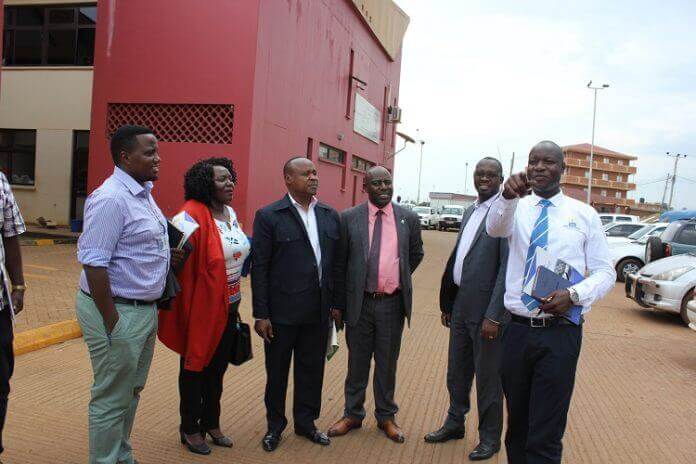The Kenya Ports Authority recorded a 9.9 per cent growth in revenue between January and August compared with the same period last year. The increase was attributed to efficiency at the Mombasa Container Terminal Two (CT2), made possible by the automation of container handling processes and improvements in documentation and clearance processes. The special transshipment berth is located at CT2, and was built at a cost of Ksh27 billion ($270 million). In the eight months to August, the port of Mombasa handled 22.8 million tonnes up from 20.7 million tonnes in 2018; transshipment increased by more than 131.9 per cent, from 698,705 last year to 1,619,960 this year. On cumulative container traffic, a significant increase of 22,057 twenty-foot equivalent units (TEUs) or 9.5 per cent was realised during the period of July-August 2019/20 compared with the same period 2018/19 with transshipment traffic mainly accounting for the good performance growing by 30,933 TEUs, which is a 214.6 per cent growth. This is the highest transshipment the port has recorded, and is expected to boost earnings according to head of container operations Edward Opiyo. “Increasing transshipment cargo will reflect positively in our profits, and the CT2 where we have Berth 21 has greatly contributed to this. The completion of the second phase will increase transshipment cargo even more,” said Mr Opiyo. Containerised cargo and liquid bulk recorded a growth of 23.5 per cent and 11.2 per cent respectively. Uganda remained the port’s biggest client, accounting for more than 4.66 million tonnes of...
Automation increases efficiency at Mombasa port
Posted on: October 7, 2019
Posted on: October 7, 2019

















